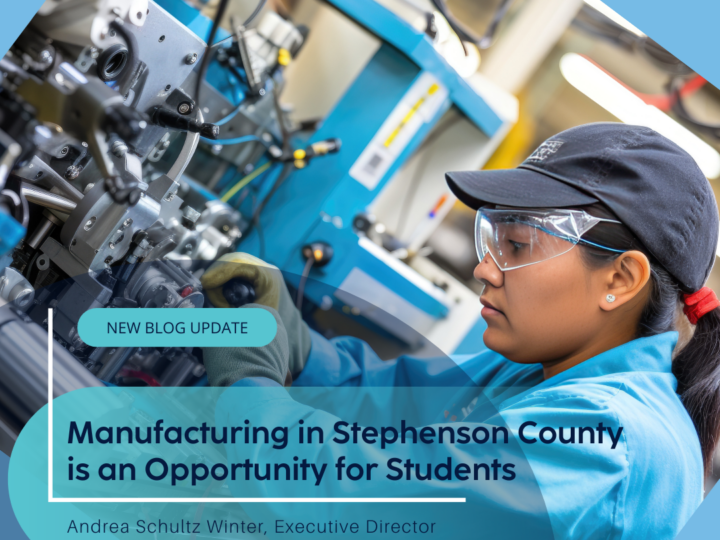By Jessica Modica, Executive Director of the Freeport Art Museum
November 21, 2017
It may be relatively easy to recognize a good story when we hear it, but crafting and telling one is a much more difficult proposition. A good story is one that draws us in, captivates and compels us to keep reading or listening right up to the very end. Why would this be important for a director of an art museum to know and understand? The answer is because, as people are changing the ways they connect and engage with the world, we understand this also applies to how people expect to interact with cultural organizations. We realize that museums need to create better, more inclusive forms of dialogue. In other words, we need to tell our story better.
As part of the Collaborate Freeport steering committee, I’ve begun to see how marketing professionals utilize storytelling as a powerful tool for communicating value, and I’ve come to appreciate how these tools can be applied in every business and organization. A great example of this can be seen in the testimonials the team gathered from people who represent a wide cross section of the community who shared the reasons they are “All-in” for Freeport. What was different and exciting about these stories was that we were able to gain insight about what makes Freeport unique from multiple perspectives.
As a result of seeing how well these messages worked, I set out on a mission to learn the art of storytelling and recently had an opportunity to attend a daylong workshop on the subject, which was part of the larger National Arts Marketing Project conference. One of first things I learned was that the best stories are ones that are told by individuals, not organizations.
At the beginning, we were given prompts that asked to share personal stories with our tablemates, complete strangers with whom we had just exchanged introductions. While at first it felt rather intimidating, by the end of the day we all walked away with a greater understanding of and appreciation for each other on a human level.
For the rest of the conference, when we passed each other on the way to and from sessions, we would greet each other warmly, often with a quick hug. If we, as marketers for our organizations, our businesses, and even our entire city, are able to tap into these kinds of connections, the story becomes much more authentic and compelling.
I learned that marketers refer to this as consumer-driven content and when employed well, it is worth more than all of our budgets combined. In the next several months Collaborate Freeport will be releasing a series of videos it’s been working to produce that convey this kind of individual connection to Freeport. These are some of our backstories; the narratives that draw people in and captivate our current and potential audiences. It’s also important for us to to realize that we are all contributors to telling the Freeport story and that we can each add our own chapters. I encourage people to share your content — upload your video, picture or anecdote that together creates the kind of story that is a real page-turner.
Jessica Modica, Freeport Art Museum executive director. Journal Standard article link.




